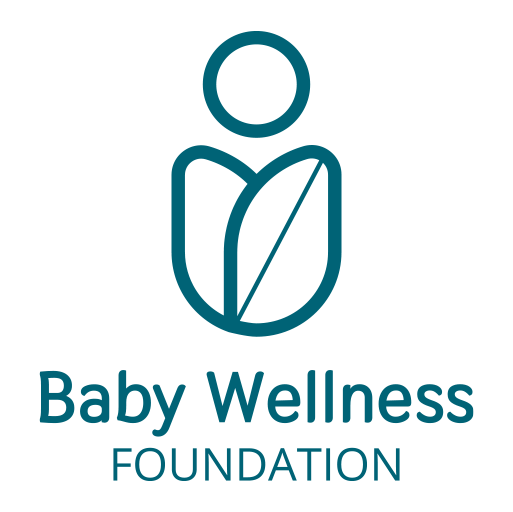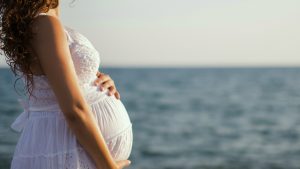Approfondimenti scientifici
Travelling During Pregnancy: Guidelines for Safe and Informed Planning
Pregnancy, while remaining physiological in most cases, represents a dynamic condition in which ordinary activities, including travel, require a reassessment of one’s habits and the adoption of precautionary measures aimed at safeguarding maternal-fetal health. In the absence of specific obstetric contraindications, travel is not precluded, provided it is carefully planned and in accordance with the healthcare provider’s recommendations.
The ideal time to travel
From a clinical standpoint, the second trimester of pregnancy—between the 14th and 28th week—is considered the optimal period for traveling, as it is characterized by the regression of initial symptoms such as nausea and fatigue, better physiological adaptation of the maternal body to endocrine and cardiovascular changes, and a relatively low risk of preterm birth. In this time window, the uterine volume and the degree of mechanical discomfort are still compatible with good mobility and adequate overall well-being.
Choosing the destination: sea or mountains?
The choice of destination must be guided by a reasoned balance between individual preferences, climate tolerance, pre-existing clinical conditions, and the availability of adequate healthcare facilities.
- Marine environment: particularly suitable for pregnancy for several reasons. Climate stability, moderate exposure to sunlight (useful for vitamin D synthesis), the presence of iodine, and the level of atmospheric humidity all contribute positively to respiratory and thyroid function. In addition, opportunities to engage in light physical activity, such as walking along the shoreline, promote venous circulation and help reduce dependent edema and the sensation of heaviness in the lower limbs, which are common during pregnancy.
- Mountain environment: offers benefits in terms of clean air, lower population density, and psychophysical stimulation thanks to moderate walks. However, altitude can represent a risk factor for pregnant women. Above 500–1,700 meters, the reduction in partial oxygen pressure may impair placental perfusion, exposing the fetus to potential risks related to hypoxia. For this reason, it is advisable to limit stays at high altitude and to prefer locations at intermediate elevations, easily accessible and equipped with adequate healthcare facilities.
Means of transportation: safety and comfort
The mode of transportation is another parameter to be considered and evaluated.
Air travel
Air travel, generally considered safe in physiological pregnancies up to the 36th week (32nd in the case of twin pregnancy), nevertheless requires certain precautions, especially on flights longer than four hours. In such circumstances, to prevent thromboembolic events, it is recommended to:
- Wear comfortable, non-restrictive clothing
- Use graduated compression stockings
- Move the lower limbs frequently
- Maintain adequate hydration
However, airline policies vary significantly: some require medical fitness certificates starting as early as the 28th week; therefore, it is essential to verify the required documentation in advance, always carrying updated records including the estimated due date, any comorbidities, and the contact details of the attending physician.
Train travel
Train travel, compared to other land methods, offers more space for movement, access to restrooms, and fewer mechanical stresses, making it preferable to long-distance bus or car journeys.
Car travel
In a car, it is essential to wear the seat belt correctly, placing the lower strap under the abdomen and the upper strap between the breasts, avoiding direct compression on the uterine fundus. Frequent breaks, adequate cabin climate control, ergonomic posture, and avoidance of temperature changes significantly contribute to the comfort and safety of the pregnant woman.
Motorcycles, on the other hand, should be considered discouraged due to the vehicle’s instability, vibrations that may stimulate uterine contractility, and the higher risk of direct trauma.
Ferry travel
Traveling by ferry, although a convenient and commonly used mode of transportation, requires careful assessment during pregnancy. It is important to consider individual tolerance to motion sickness, the duration of the crossing, and the availability of adequate medical services on board. In the case of a first pregnancy or in the presence of particular clinical conditions, it is recommended to consult one’s gynecologist before boarding, especially for long routes or in suboptimal marine weather conditions.
Food hygiene and health precautions while traveling
In extra-European contexts or places with low hygienic-sanitary standards, it is essential to:
- Consume only sealed bottled water
- Avoid ice, unwashed or unpeeled fruits and vegetables
- Exclude raw or undercooked foods
- Prefer pasteurized products
These measures reduce the risk of foodborne infections, which can have serious consequences during pregnancy.
Insurance and clinical documentation
Adequate planning is essential: verify the coverage of health insurance for potential obstetric emergencies and carry an updated dossier with:
- Pregnancy certificate
- Relevant medical history
- Ongoing therapies
- Useful medical contacts
Travelling during pregnancy is not only possible, but it can also be a regenerating and beneficial experience for the woman’s psycho-physical balance, provided that each choice is tailored to individual clinical needs and that preventive measures are rigorously adopted. Pre-travel consultation with one’s attending gynecologist remains the essential condition to ensure safety and peace of mind for the mother-fetus dyad during travel.
Di Mauro G., Esposito S. (2024). “Il decalogo SIPPS per viaggiare con neonati e bimbi di pochi mesi”. Nurse Times.
SIPPS (2024). “Come garantire un viaggio sicuro a neonati e bambini: 10 consigli dalla SIPPS”. InSaluteNews.
SIN (2023). “Neonati: una guida per trascorrere serenamente i mesi più caldi”. Voglia di Salute.
Sirianni S. (2024). “Neonati in viaggio: tutto quello che si può e non si può fare”. iO Donna.
Baby Wellness Foundation (2025). Viaggiare sicuri in estate: termoregolazione e protezione del neonato in auto

